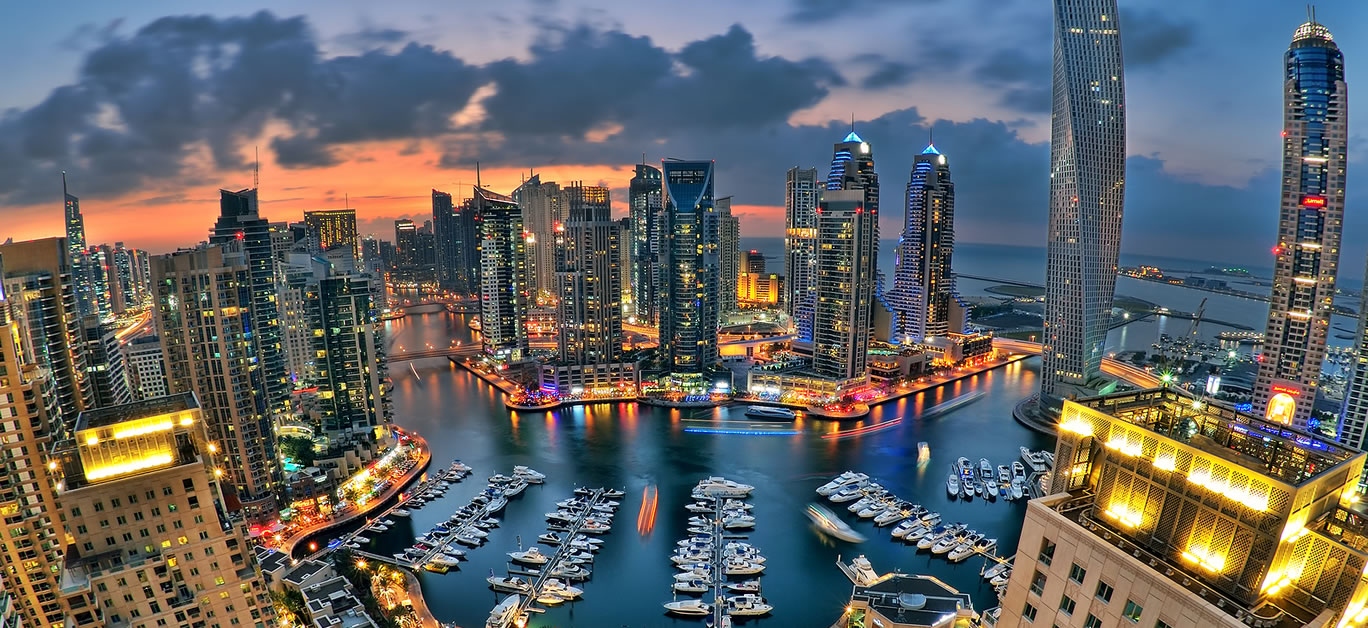As we head towards the end of 2021 and the most turbulent and challenging couple of years in a generation, the luxury property market has been soaring.
From Dubai to New York City, demand has increased, prices nudging ever upwards, with plenty of deals still being done. But what’s driving luxury property, particularly in the UK, the US and the UAE? What does the new normal look like for the rest of this year for wealthy buyers?
What’s behind the current boom for the global luxury property market?
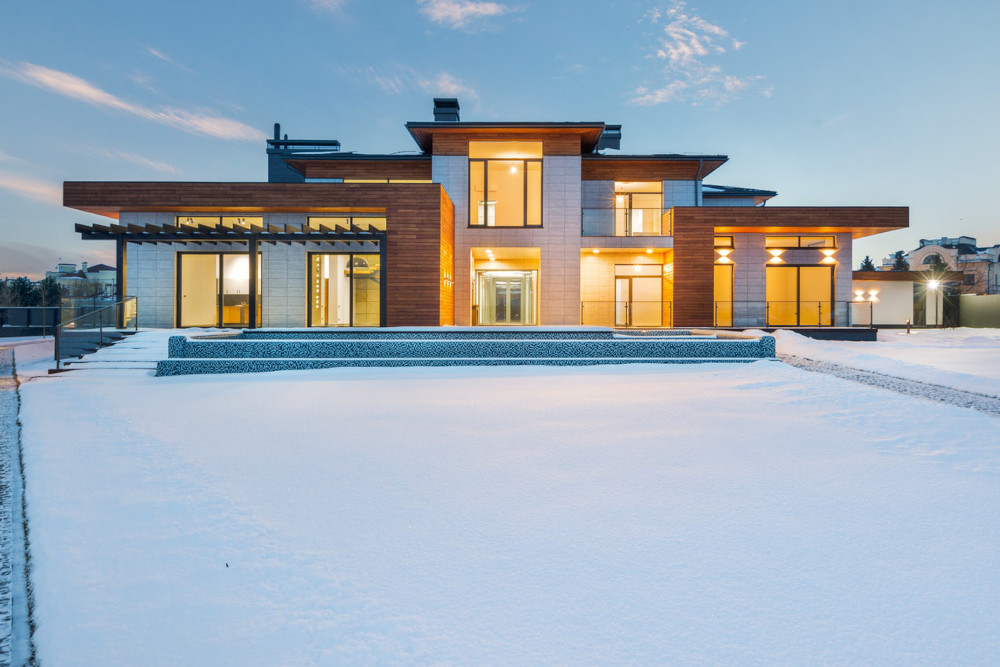
Lockdown measures lifting combined with attractive interest rates and the ‘race for space’ combine to push the luxury property market into a buoyant period.
Paul Rothschild is chief advisor to BlackRock Asset Services and Platinum Luxury Design and Development (PLDD). His career spans three decades within real estate, wealth management, banking and as a finance expert and UAE Government advisor for regional investment, so he’s well placed to comment on the market right now.
He said: “A number of different factors come together to underpin the current upsurge in interest from wealthy property investors around the world. These include lifting restrictions, the demand for larger and more spacious homes, and increasing buyer enthusiasm and attractive interest rates. While we’d normally see the sector quieten down through the final months of the year, normal patterns can’t be relied upon.”
Covid-19 is still with us, of course, but many of the key regions for luxury property are benefiting from swift vaccine rollouts and a relatively strong recovery so far. And now that cities are open for business once more, wealthy buyers are back with a vengeance.
Some pandemic changes in buyer sentiment are here to stay
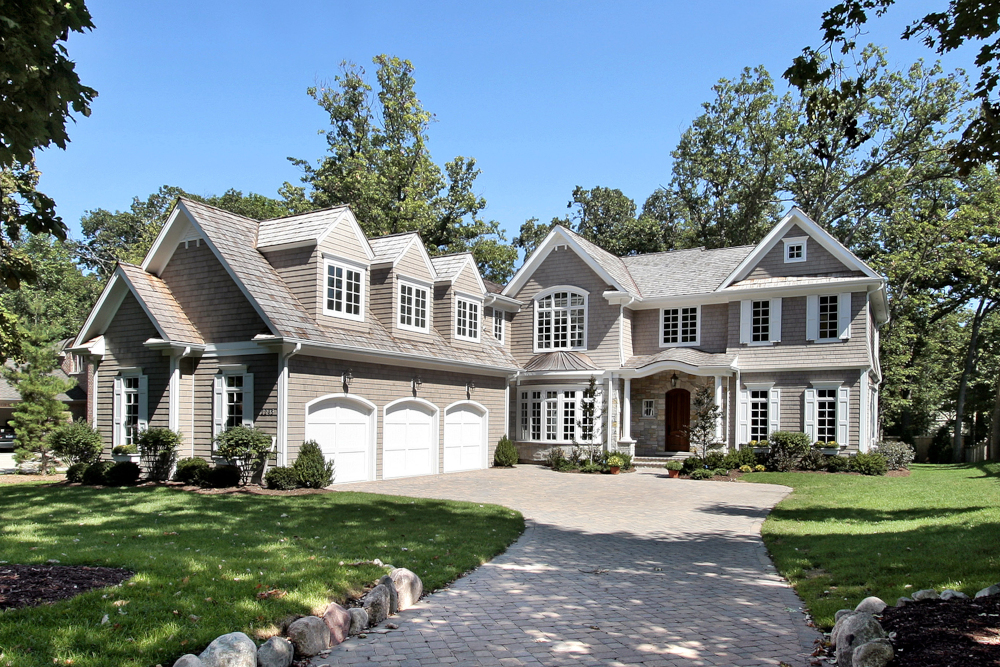
Pre-pandemic, there was a definite seasonality in buyer behaviour within the luxury property market.
Rothschild explained: “The traditional pattern of consumer demand has been disrupted by Covid-19. While there was a high demand for spacious properties with plenty of land and privacy at the height of lockdown, we’re now seeing wealthy investors and buyers coming back to city centres.
“Buyers with the capital are heading right back to London, New York, Dubai and other luxury property hot spots right now. This is likely to continue as restrictions lift, and we all become used to living with the virus. It no longer has the power to shut down entire sectors or cities, which re-opens the urban luxury property market.”
While buyers are continuing to plough their resources into a luxury property, most of the demand so far has been from domestic investors. International travel restrictions have interrupted overseas buyers, with some exceptions.
“The UAE Government went a different way from many other luxury property centres in dealing with the pandemic,” said Rothschild. “Rather than strict travel restrictions, Dubai focused on vaccinations and making conditions safe for people to enjoy. This led to an influx of buyers from overseas who want to invest in property in a region that can steer its way through even the worst of crises.”
However, even in regions that have only just lifted travel restrictions (New York and Miami) and the UK, which is dealing with one of the highest numbers of per capita deaths in the world, activity in this sector has remained high.
Breaking down the market in the UK, US and UAE
Regional breakdowns give a fuller picture of the wider luxury property market.
Luxury property in the UK
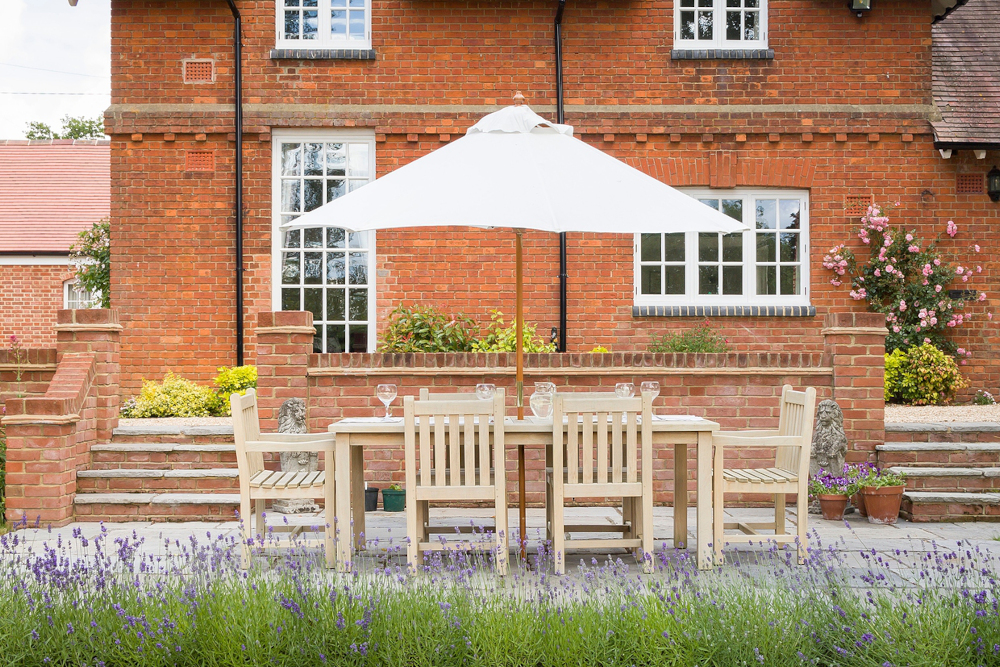
The prime property sector in London is at an interesting point. With travel restrictions greatly relaxed and most of the city open for business as ‘new normal’, overseas investors are on their way back.
Rothschild said: “It’s inevitable that we will see a significant increase in overseas investment in the luxury property sector in London. For the last 18 months, this has been lacking for obvious reasons, and we are now seeing wealthy buyers arriving back in the UK ready to invest.
“This is great news for markets including Knightsbridge and Mayfair, but I think the return of overseas investment will be incremental rather than in one large wave. So, we will experience smaller steps back to pre-pandemic overseas investor levels.”
Rothschild also points out that there have been in-demand markets even at the height of lockdown due to investors battling for more spacious and private properties. This led to locations such as Chelsea, Notting Hill and Kensington being in extremely high demand, with record level prices.
“Now that the offices and corporate sector are largely open again, we are also seeing a demand for inner city luxury property,” he says. “Buyers who are less keen on their commute from outside the M25 are looking to add property in more convenient locations for business.”
Prices across London have been variable due largely to lockdowns and travel restrictions. For example, Zone 1 hasn’t seen the surge in value that there have been in areas slightly further out, such as Richmond and Wandsworth.
“Conditions in the prime central London property sector has been relatively subdued due to a run of challenges, from tax hikes to Brexit,” explains Rothschild. “I think that the sector is due an uptick in growth during 2022, with an estimated 25 per cent growth over the next three or four years.”
Luxury property in the United States
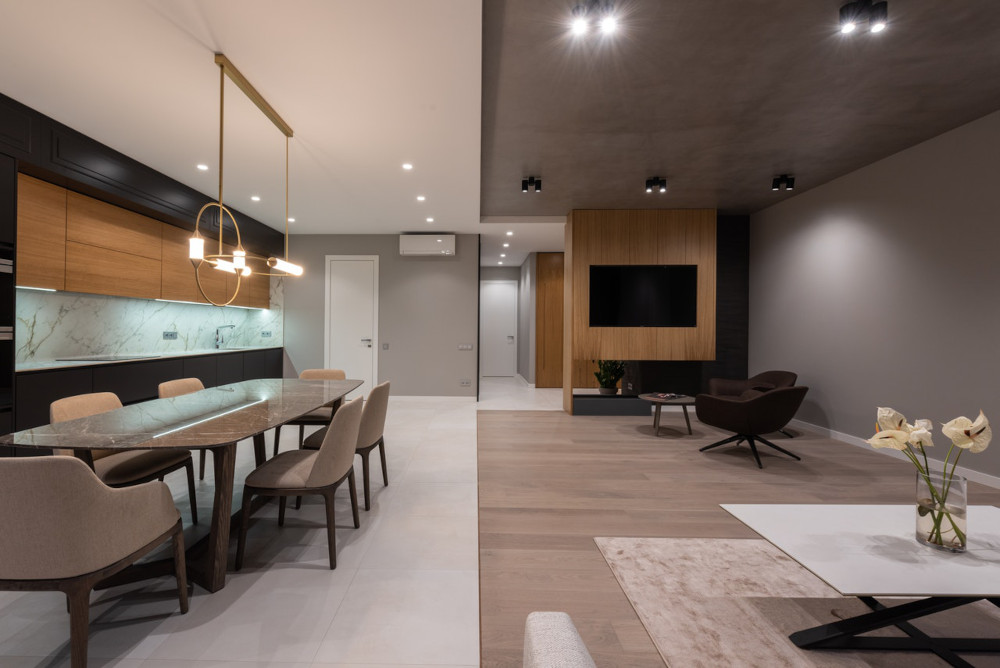
It’s a similar story in some regions of the US. Following 18 months of debate surrounding prime property and whether investor behaviour has changed for good, it seems that most are looking for a return to normal.
“Certain coastal cities such as San Diego attracted wealthy buyers at the height of the pandemic,” said Rothschild . “However, the tide is now turning with cities very much back on the agenda for HNWI and prime property investors.”
Data from US brokers Douglas Elliman shows that urban lifestyles are winning over wealthy buyers once again. For example, figures from Q3 2021 show that Manhattan apartment sales rose to their highest level in more than 30 years.
“In New York, there are still a higher number of active luxury property listings than the average,” explained Rothschild. “Many wealthy investors are still working remotely or in a flexible way and are not yet back full time in the city centre office. We’re also only just starting to see overseas investors return. However, it’s absolutely the case that sentiment has turned a corner.”
Luxury property in the UAE
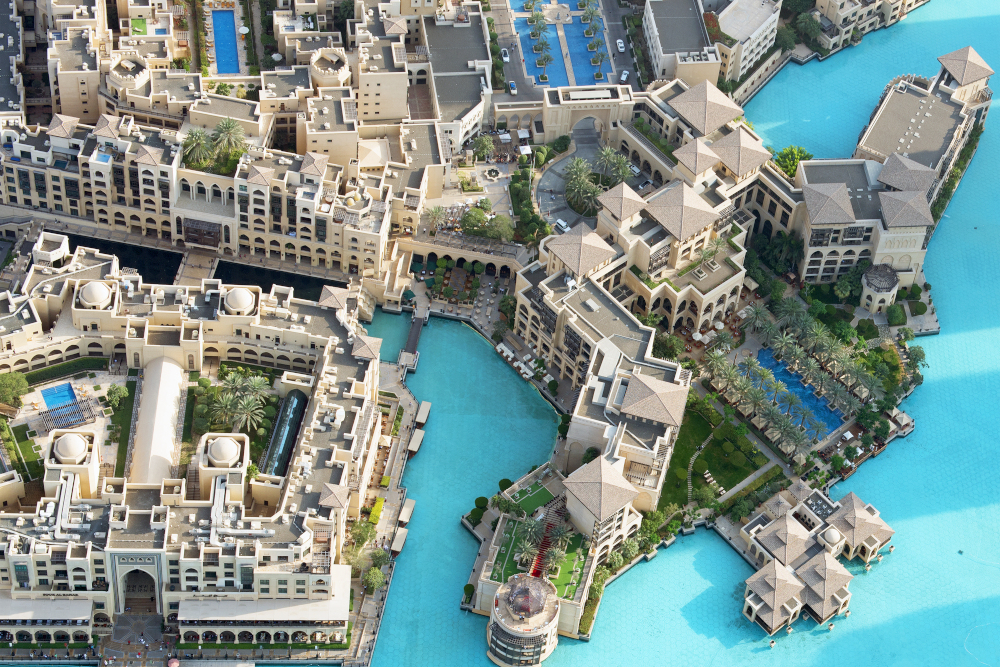
Q3 2021 has seen several significant luxury real estate deals in Dubai, including one sale that has broken records at AED 121 million (£24 million). So far, in 2021, five luxury properties in Dubai have sold for more than AED 100 million, making this year an impressive renaissance for prime property.
This comes after a lengthy decline in luxury property prices, which started in 2014. After bottoming out in November last year, it’s been steadily rising. According to data from Luxhabitat Sotheby’s International Realty, between June and September 2021, 506 luxury villas and 4,927 apartments have changed hands.
The report uses data from the Dubai Land Department and shows a collective value for the sector of AED 16.1 billion.
Rothschild said: “This is actually a very slight decline of 3.67% on Q2 figures. But overall, the significant growth that we’ve seen in luxury property sales in Dubai shows the UAE’s resilience even during the most challenging times. Some regions have seen three times more deals.”
The majority (80 per cent) of property transactions are worth at least AED 30 million (just over £6 million).
Among Dubai’s most popular neighbourhoods for luxury sales is Palm Jumeirah, followed by Business Bay and Downtown Dubai.












